MSI AMD Radeon RX 6700 XT MECH 2X 12G OC Compute Related Benchmarks
We are going to compare the Radeon RX 6700 XT to our growing GPU data set. Of note, benchmarks that use CUDA acceleration are not going to run on these cards.
Geekbench 4
Geekbench 4 measures the compute performance of your GPU using image processing to computer vision to number crunching.
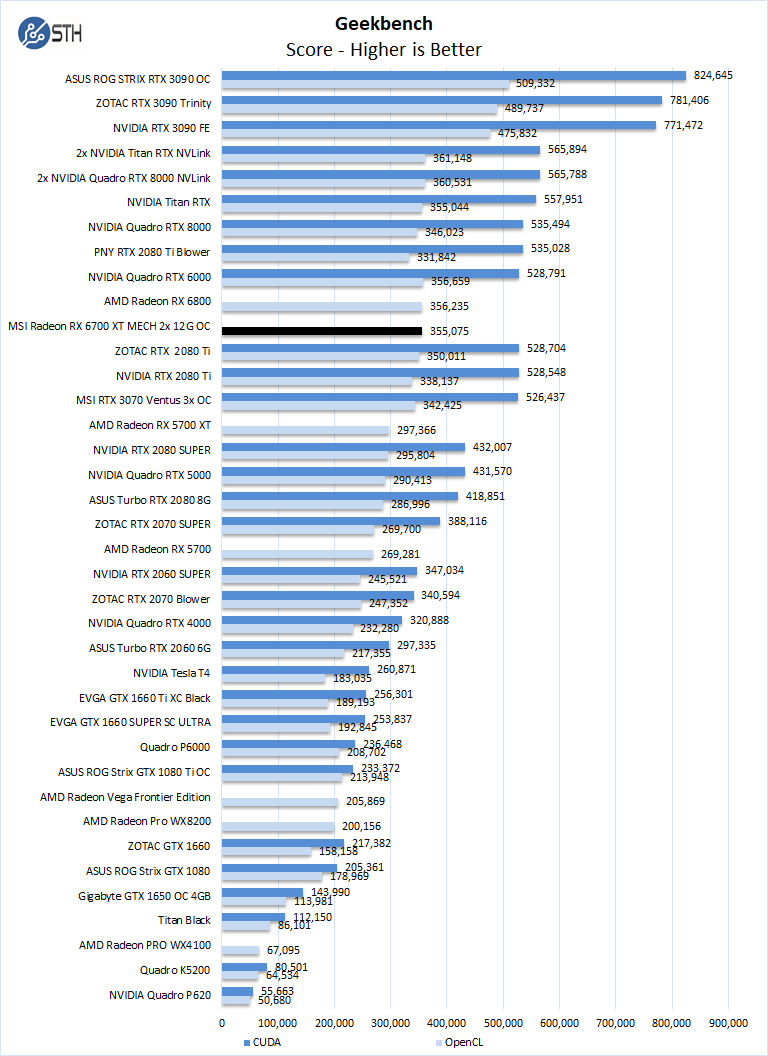
Our first compute benchmark is where can see the OpenCL performance competes well with the NVIDIA GTX 2080 Ti, one of the strongest AMD graphics cards we have tested to date.
LuxMark
LuxMark is an OpenCL benchmark tool based on LuxRender.
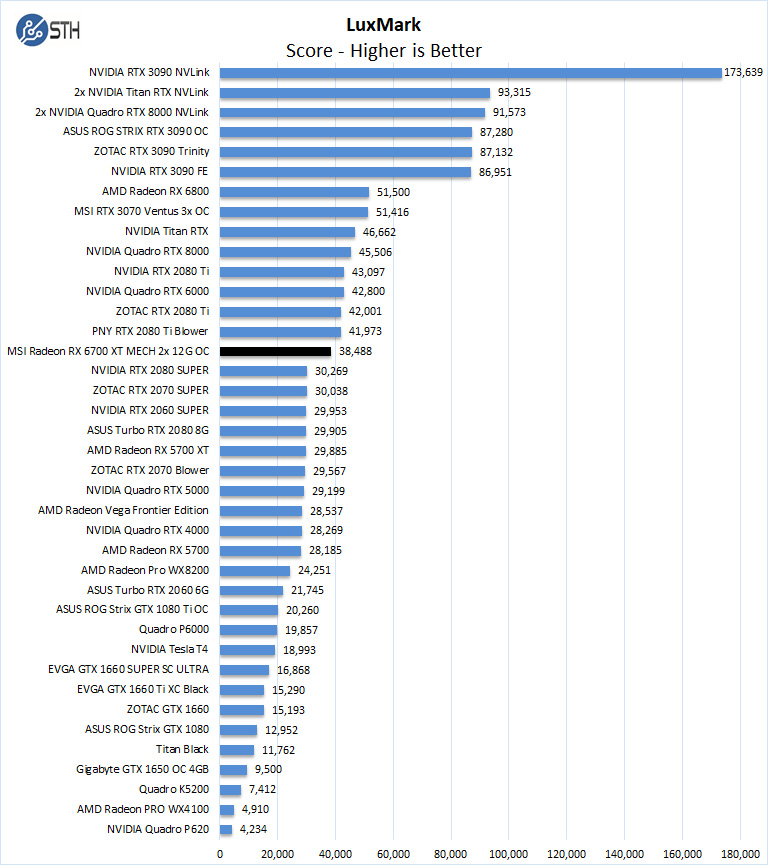
In LuxMark, we see that the RX 6700 XT falls quite a bit behind the RX 6800.
AIDA64 GPGPU
These benchmarks are designed to measure GPGPU computing performance via different OpenCL workloads.
- Single-Precision FLOPS: Measures the classic MAD (Multiply-Addition) performance of the GPU, otherwise known as FLOPS (Floating-Point Operations Per Second), with single-precision (32-bit, “float”) floating-point data.
- Double-Precision FLOPS: Measures the classic MAD (Multiply-Addition) performance of the GPU, otherwise known as FLOPS (Floating-Point Operations Per Second), with double-precision (64-bit, “double”) floating-point data.
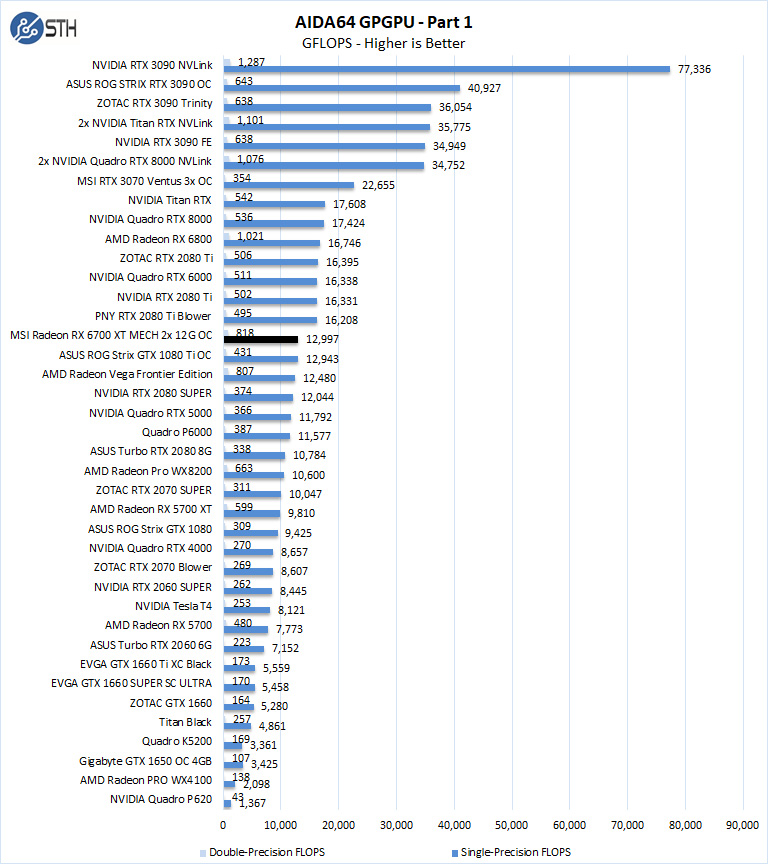
The next set of benchmarks from AIDA64 are:
- 24-bit Integer IOPS: Measures the classic MAD (Multiply-Addition) performance of the GPU, otherwise known as IOPS (Integer Operations Per Second), with 24-bit integer (“int24”) data. This particular data type defined in OpenCL on the basis that many GPUs are capable of executing int24 operations via their floating-point units.
- 32-bit Integer IOPS: Measures the classic MAD (Multiply-Addition) performance of the GPU, otherwise known as IOPS (Integer Operations Per Second), with 32-bit integer (“int”) data.
- 64-bit Integer IOPS: Measures the classic MAD (Multiply-Addition) performance of the GPU, otherwise known as IOPS (Integer Operations Per Second), with 64-bit integer (“long”) data. Most GPUs do not have dedicated execution resources for 64-bit integer operations, so instead, they emulate the 64-bit integer operations via existing 32-bit integer execution units.
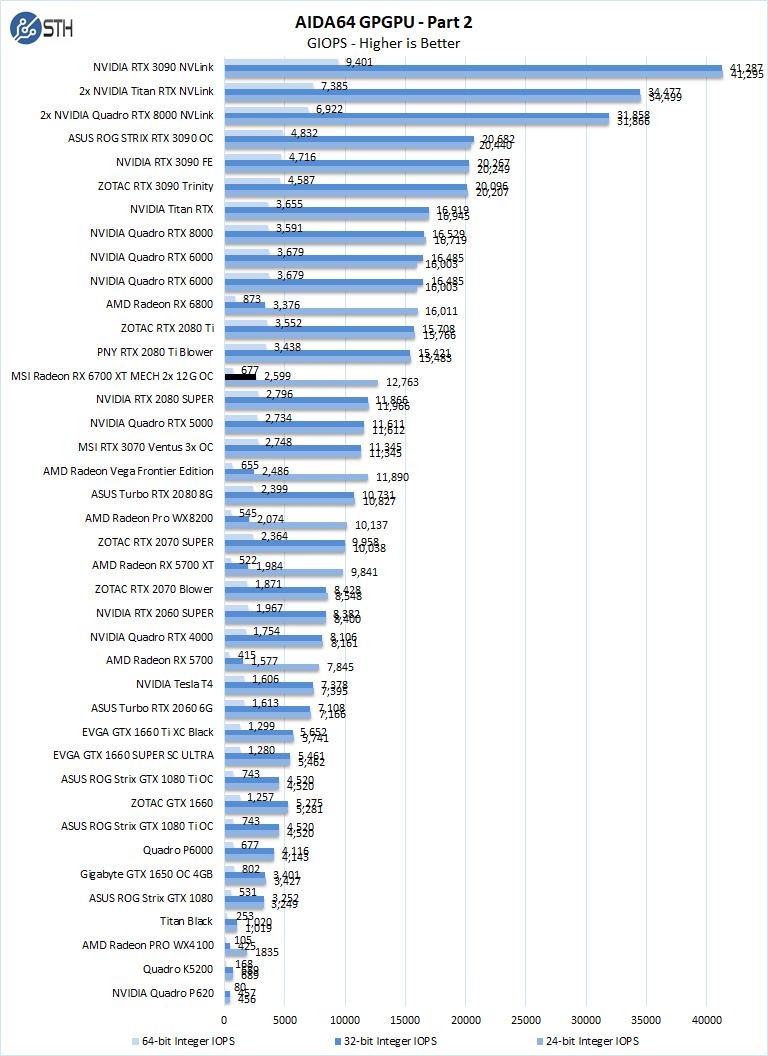
The takeaway here is the Radeon RX 6700 XT MECH 2X 12G OC falls into the cluster of RTX 2080/ RTX 2080 SUPER scores.
hashcat64
hashcat64 is a password cracking benchmark that can run an impressive number of different algorithms. We used the windows version and a simple command of hashcat64 -b. Out of these results, we used five results in the graph. Users who are interested in hashcat can find the download here.
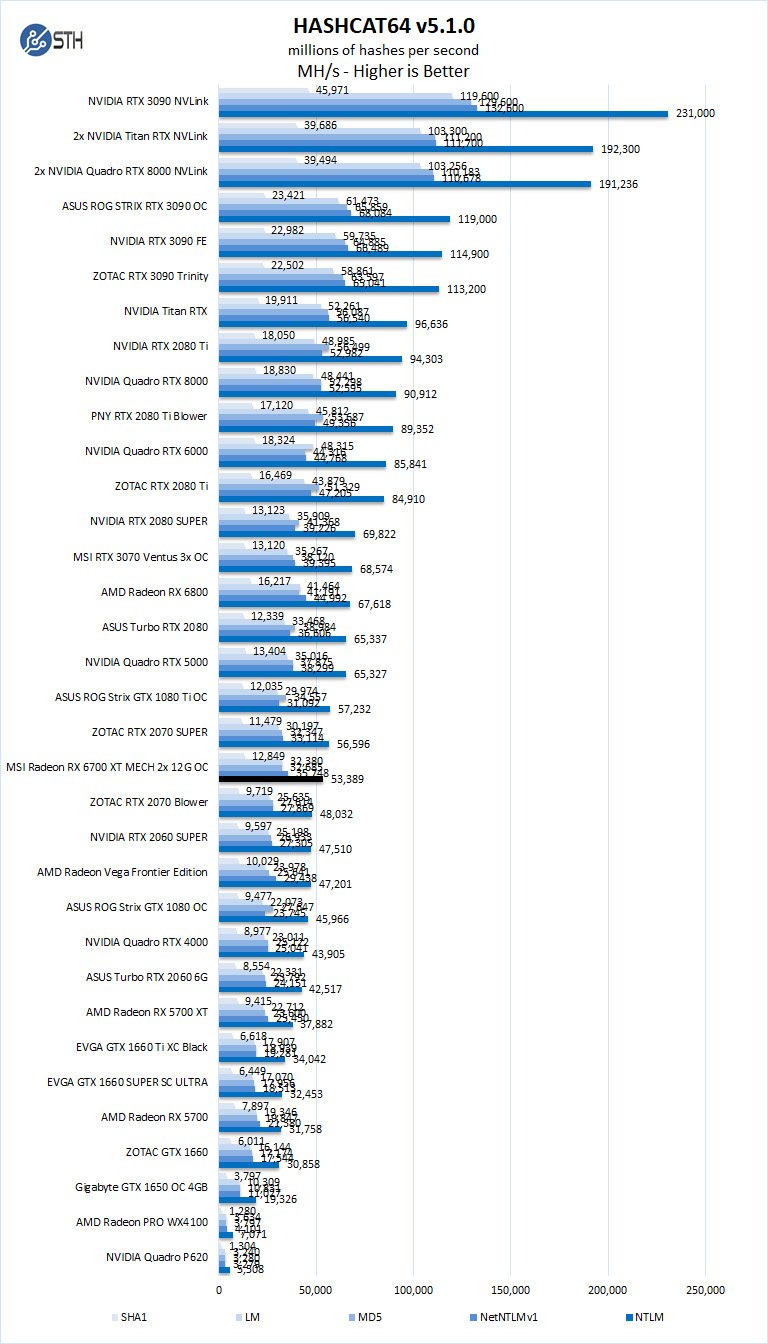
Hashcat can put a heavy load on GPUs, and here we see the dual-fan graphics cards have the edge in our results. However, with the cooling system used on the Radeon RX 6700 XT MECH 2X 12G OC, Hashcat heat loads are easily handled with Dual-Cooling fan setups.
SPECviewperf 13
SPECviewperf 13 measures the 3D graphics performance of systems running under the OpenGL and Direct X application programming interfaces. We have now broken down our SPECviewperf graphs into separate categories for ease of viewing performance results.
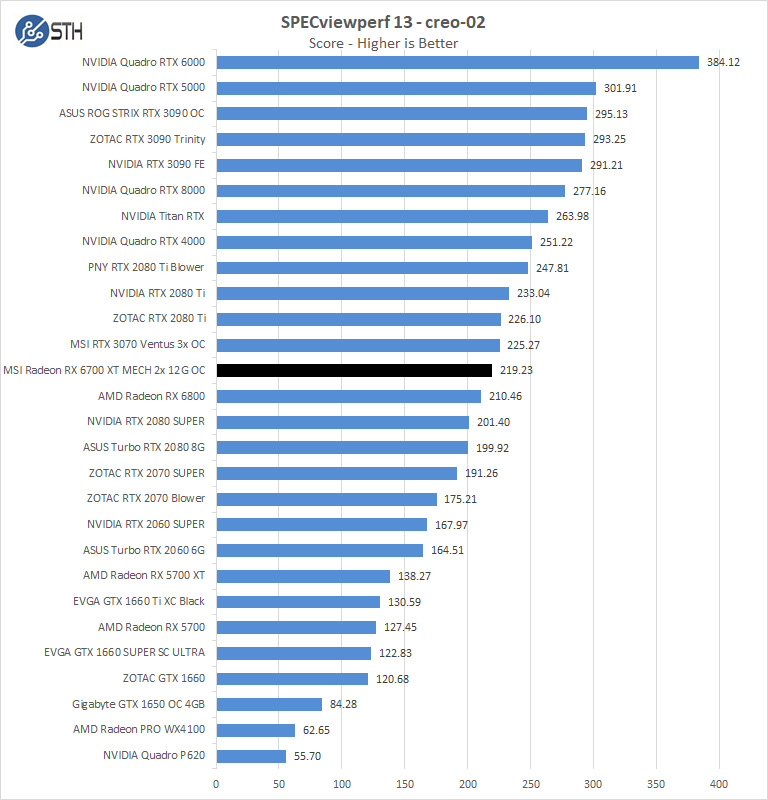
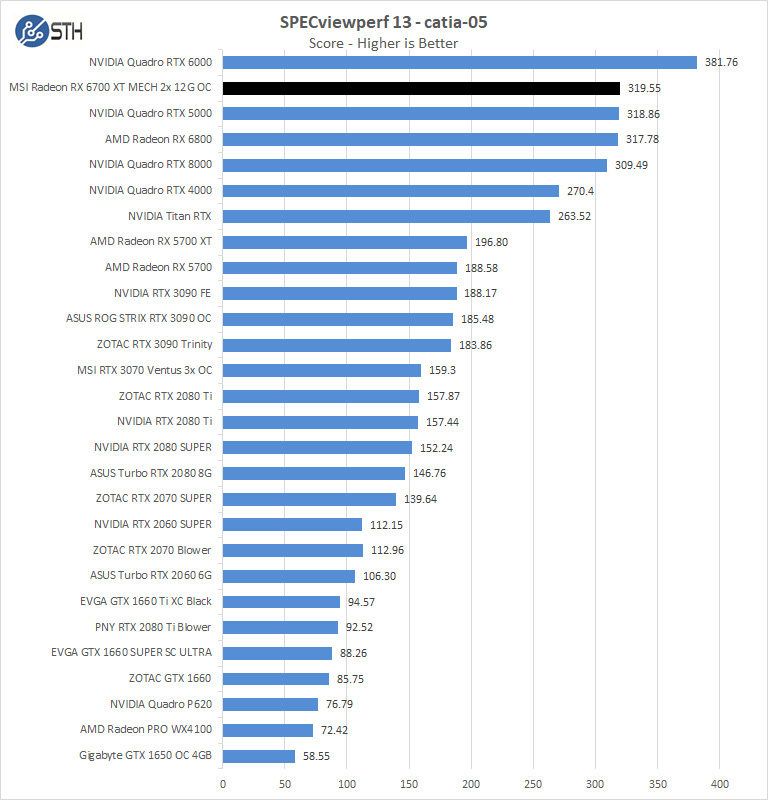
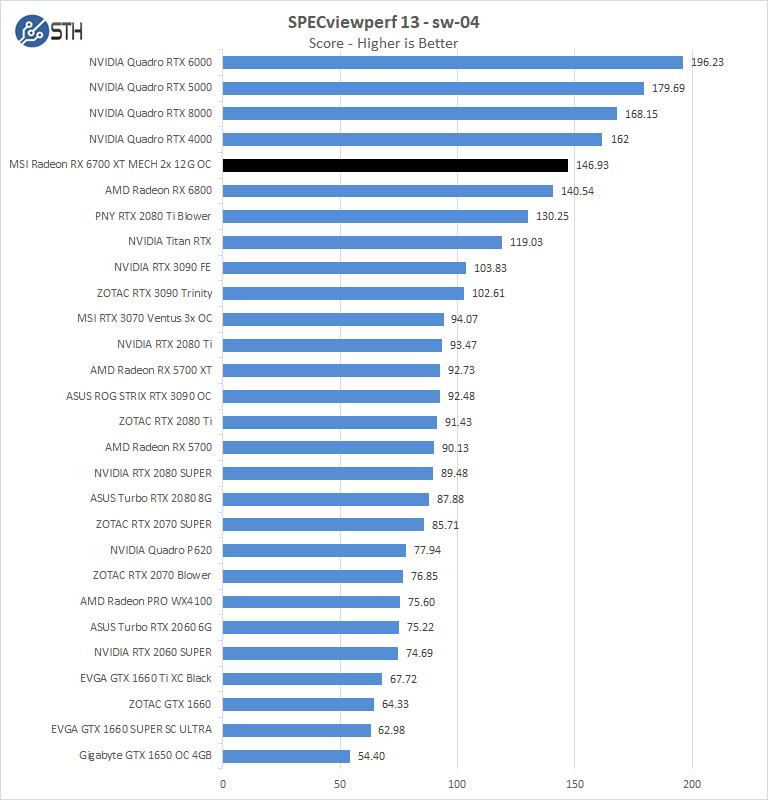
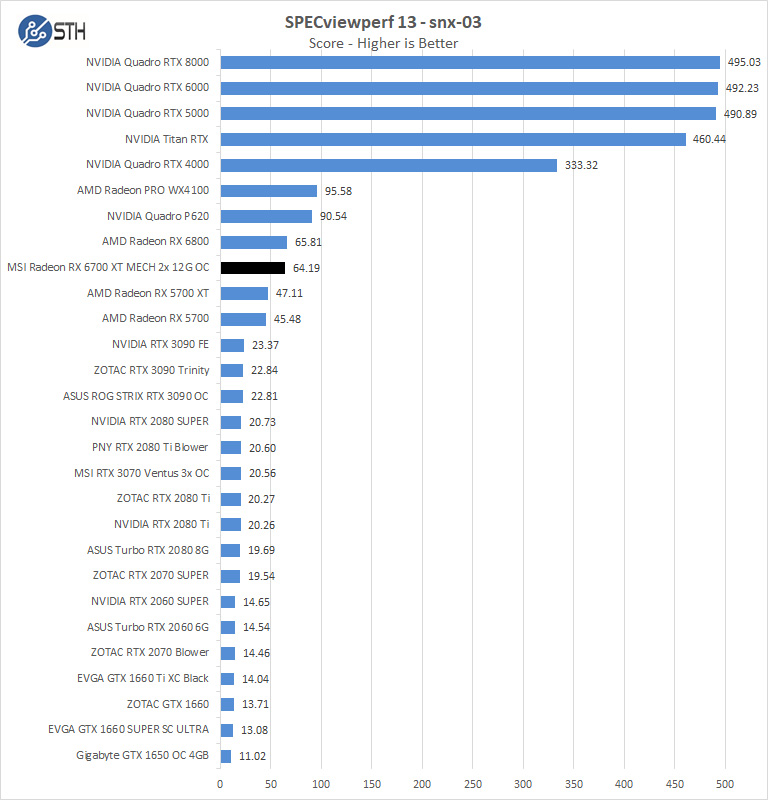
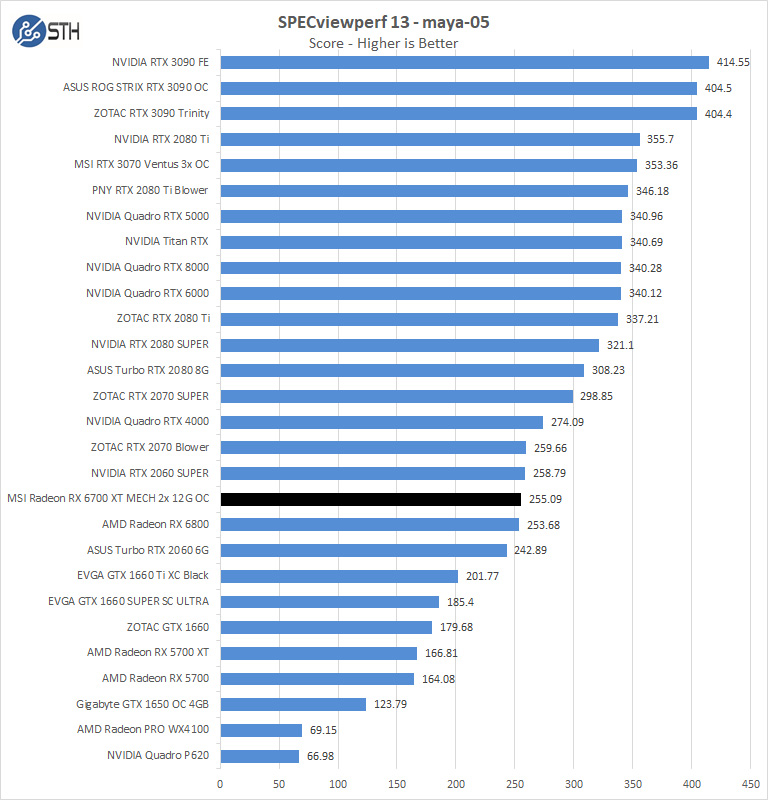
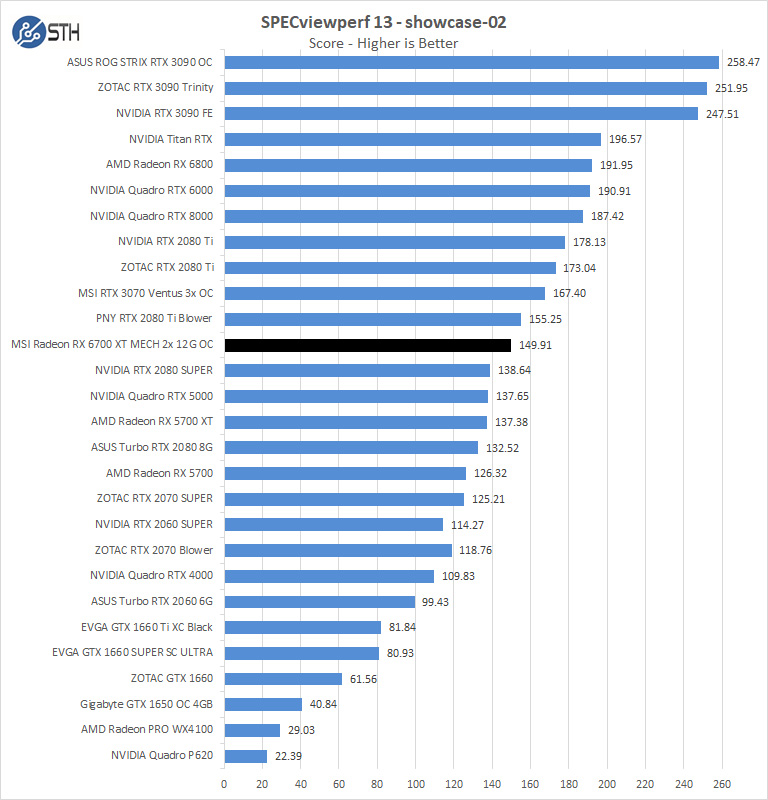
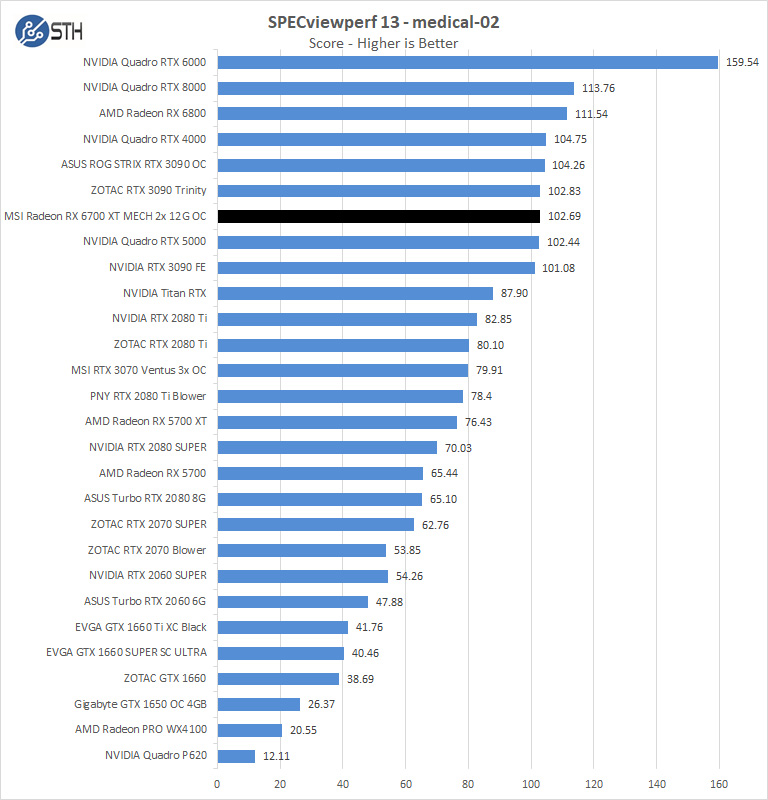
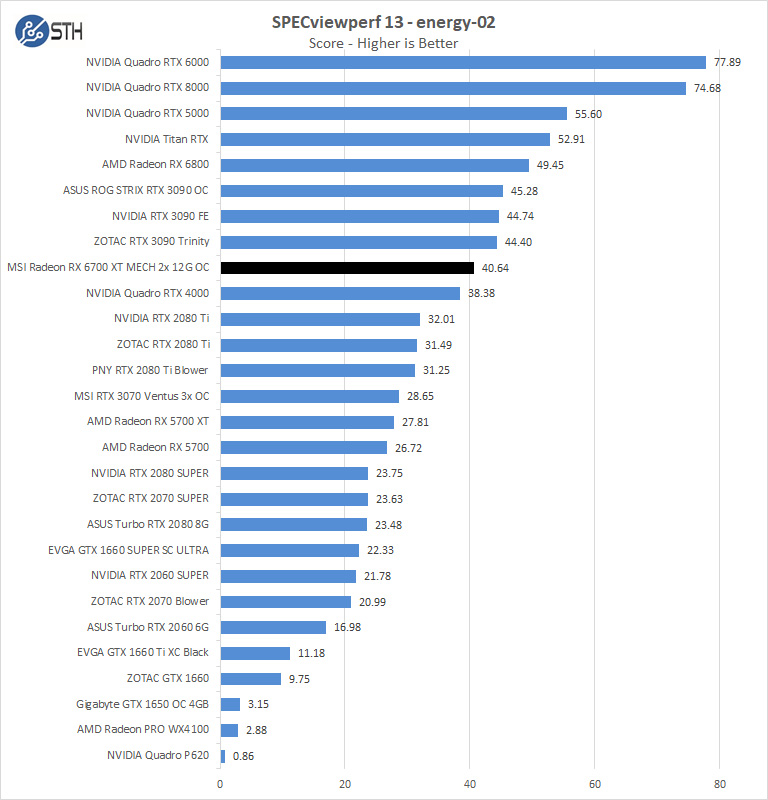
We find the MSI Radeon RX 6700 XT we are testing compares nicely to the RTX 2080 series but does have a slight edge in some aspects. This is one where it will depend a lot on the tests.
Next, we will have 3DMark results before moving on to power consumption, thermals, and our final thoughts.

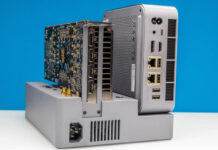


On eBay: from $850 to $1,100 and more (depending on how speculation-daring the scalper is).
On Amazon: from $1,200 to $1,500.
On Best Buy: at $750 but unobtanium (sold out).
On NewEgg: $1,050.
Pathetic.
CONCLUSION: Pass. Wait for 2022 or 2023. While waiting, if for “normal” desktop use, buy an AMD APU, continue to use the “old” card(s) from your stash or go with a used sub-$200 RX570 or equivalent on eBay. Eventually you will be able to get a high-end workstation graphics card (if that’s what you are looking for) some time in the next 24 months at a “normal” price.
Tres bonne carte graphique pour jouer en
3449×1440@165hz